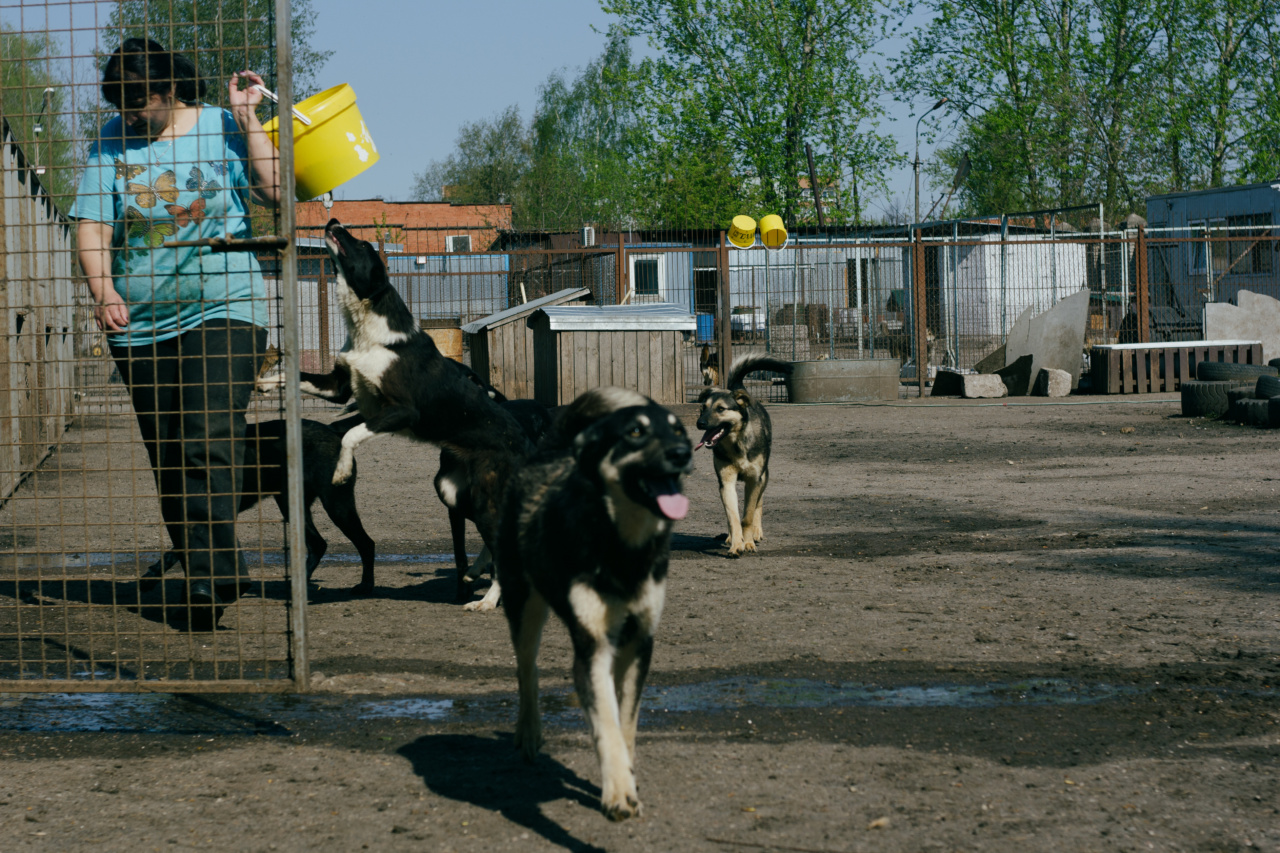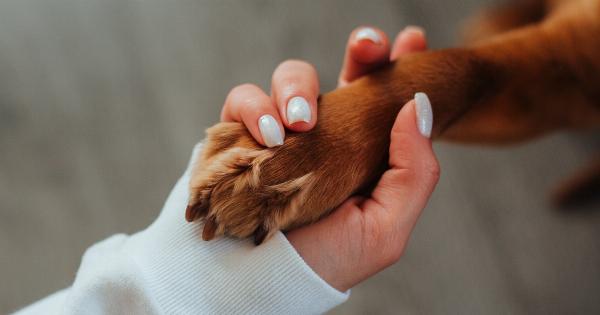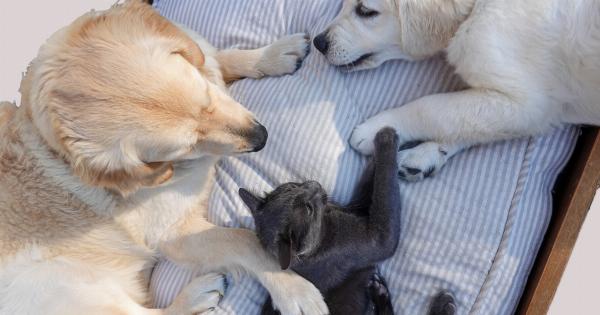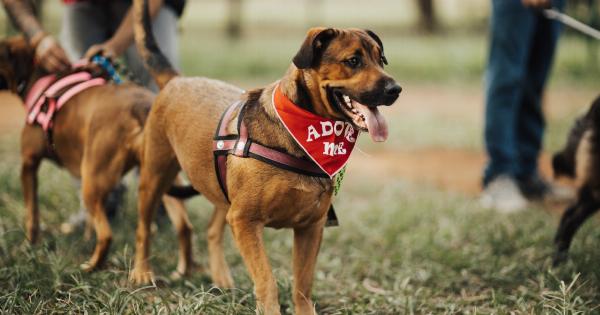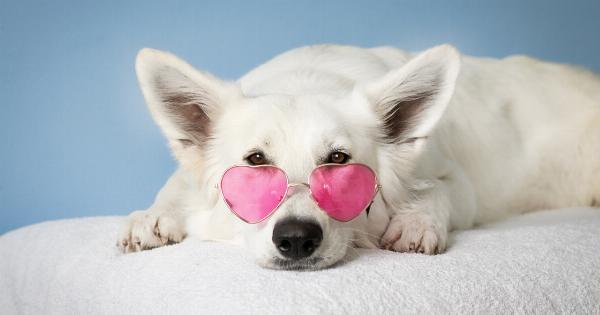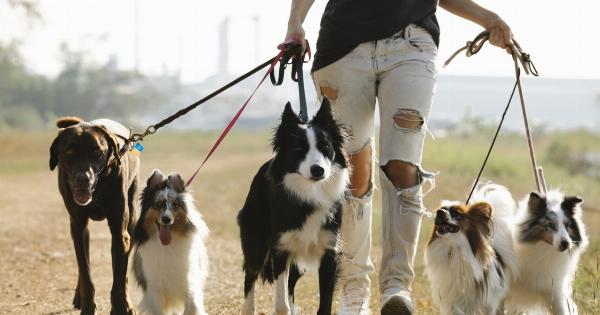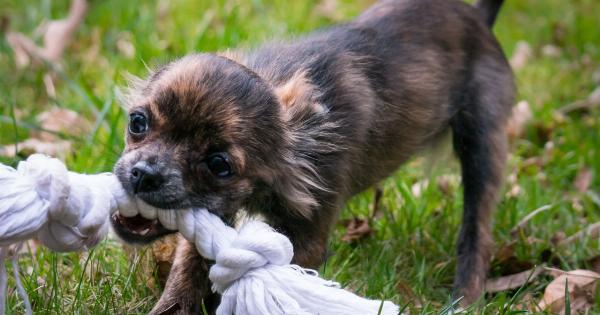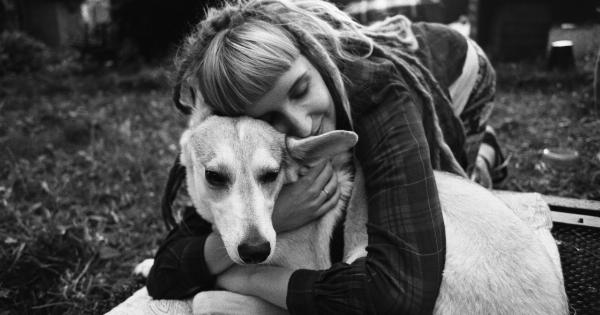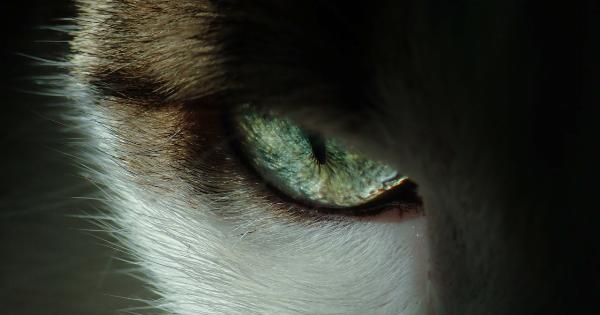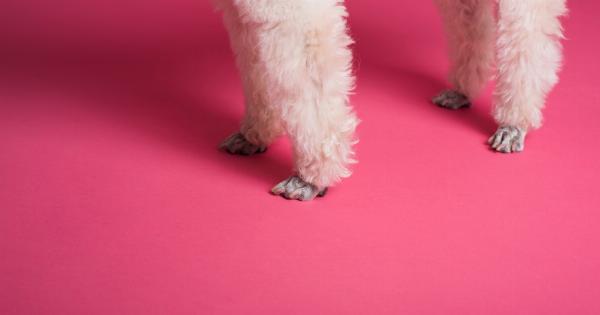Many dog owners have experienced their furry friends engaging in repetitive behaviors that seem to have no purpose. These behaviors, known as compulsive behaviors, can be a cause of concern and frustration for both the dog and their human companions.
Understanding the reasons behind these behaviors and finding effective ways to manage them is crucial for ensuring the well-being of our canine companions.
What are Compulsive Behaviors?
Compulsive behaviors in dogs refer to repetitive actions or movements that serve no apparent function.
These behaviors often occur in a stereotypical pattern and can include actions such as excessive licking or chewing, tail chasing, obsessive digging, constant pacing, intense staring, and even self-harm.
While it is normal for dogs to engage in certain repetitive behaviors from time to time, such as scratching an itch or licking their paws, compulsive behaviors are characterized by their intensity, frequency, and the distress they cause to the dog.
These behaviors can be quite debilitating and can significantly affect the dog’s physical and mental well-being.
Causes of Compulsive Behaviors
Compulsive behaviors in dogs can have various underlying causes. These causes can be broadly classified into genetic factors, environmental factors, and medical conditions.
Genetic Factors
Sometimes, certain breeds are more predisposed to develop compulsive behaviors. For example, breeds like Border Collies, German Shepherds, and Retrievers are often more prone to exhibiting these behaviors.
This suggests that genetics play a role in the development of compulsive behaviors.
Environmental Factors
The environment in which a dog lives can also contribute to the development of compulsive behaviors. Dogs who experience boredom, lack of mental stimulation, or excessive confinement can resort to engaging in repetitive behaviors as a coping mechanism.
Additionally, stress, anxiety, and inconsistent routines can also trigger these behaviors in dogs.
Medical Conditions
Compulsive behaviors can sometimes be a manifestation of underlying medical conditions. These conditions include allergies, skin irritations, gastrointestinal issues, or neurological disorders.
It is essential to rule out any medical causes before addressing the behavioral aspect of compulsive behaviors in dogs.
Managing and Treating Compulsive Behaviors
Identifying and addressing the underlying cause of compulsive behaviors is crucial for effective management. Here are some strategies that can help:.
1. Provide Physical and Mental Stimulation
Dogs with compulsive behaviors often benefit from increased physical and mental exercise. Engage in activities that stimulate their mind, like puzzle toys, obedience training, scent work, and play sessions.
Regular physical exercise can also help to reduce stress and anxiety levels in dogs.
2. Establish a Consistent Routine
A structured and predictable routine can help alleviate anxiety and stress in dogs. Feed them at the same times each day, establish regular exercise routines, and create a calm environment for your dog to feel secure.
Consistency and predictability can provide a sense of comfort and stability for dogs.
3. Address Stress and Anxiety
If your dog experiences anxiety or stress, consult with a professional trainer or veterinarian to develop a comprehensive behavior modification plan.
This may include the use of positive reinforcement training, desensitization techniques, and, in some cases, the use of medication to help manage anxiety.
4. Use Enrichment Tools
Enrichment tools such as interactive toys, treat dispensers, and food puzzles can engage your dog’s mind and help redirect their focus. These tools can be particularly helpful for dogs who engage in excessive licking or chewing behaviors.
5. Seek Professional Help
If your dog’s compulsive behaviors persist or worsen despite your best efforts, it is essential to seek professional help.
A veterinary behaviorist or a certified professional dog trainer experienced in addressing compulsive behaviors can develop a tailored treatment plan based on your dog’s specific needs.
Conclusion
Compulsive behaviors in dogs can be challenging to manage and can significantly impact the dog’s well-being.
By understanding the underlying causes and employing appropriate strategies, such as providing physical and mental stimulation, establishing consistent routines, addressing stress and anxiety, using enrichment tools, and seeking professional help when necessary, we can help our canine companions overcome their compulsive behaviors and lead fulfilling lives.
